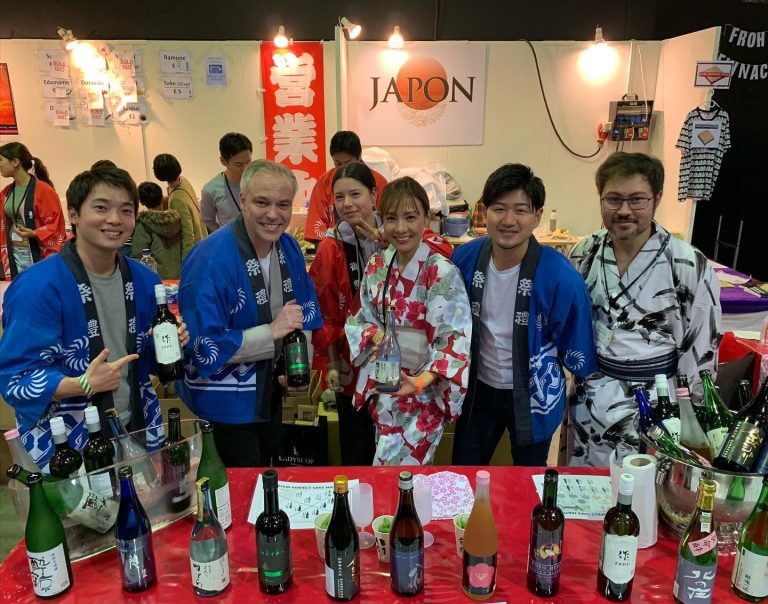Sake Story: Unveiling the Rich Tapestry of Japanese Sake History
More About Sake Sommelier Association Luxemborg
Sake Story: Unveiling the Rich Tapestry of Japanese Sake History
Introduction:
In the realm of alcoholic beverages, few are as steeped in tradition and cultural significance as Japanese sake. This exquisite rice wine, with its delicate flavors and centuries-old heritage, holds a special place in Japanese culture and beyond. Join me on a journey through time as we uncover the fascinating history of Japanese sake.
Origins of Sake:
The roots of sake trace back over 2,000 years to ancient Japan, where it was first brewed for ceremonial and religious purposes. Initially known as “kuchikami no sake,” meaning “chewed rice sake,” it was made by chewing rice and spitting it into a communal tub to ferment. Over time, the brewing process evolved, leading to more refined methods of production.
Evolution of Brewing Techniques:
By the 8th century, sake production had become more sophisticated, with the introduction of koji mold for saccharification and fermentation. This innovation allowed for a more controlled and consistent brewing process, paving the way for the sake we know today.
During the Edo period (1603-1868), sake brewing flourished, with breweries sprouting up across Japan. This period saw the refinement of brewing techniques and the development of distinctive regional styles, each reflecting the local water, rice, and climate.


Cultural Significance:
Sake has long been intertwined with Japanese culture, playing a central role in rituals, celebrations, and everyday life. It is often used in Shinto ceremonies, weddings, and other auspicious occasions, symbolizing purity, harmony, and togetherness.
In addition to its ceremonial importance, sake holds a special place in Japanese cuisine, where it enhances the flavors of dishes and fosters conviviality. Sake pairing has become an art form, with enthusiasts exploring the nuances of flavor and aroma to complement various dishes.
Modern Revival and Global Recognition:
While sake consumption in Japan has declined in recent decades, there has been a resurgence of interest both domestically and internationally. Craft breweries are embracing traditional brewing methods while also experimenting with new techniques and flavor profiles, attracting a new generation of sake enthusiasts.
Beyond Japan’s borders, sake has garnered recognition as a sophisticated and versatile beverage, gaining popularity in fine dining establishments and cocktail bars worldwide. Its unique taste and cultural allure continue to captivate drinkers from all walks of life.
